Physical Address
304 North Cardinal St.
Dorchester Center, MA 02124
Physical Address
304 North Cardinal St.
Dorchester Center, MA 02124
While Microsoft, Apple, Google, and just about everyone else seem to want to push everyone to cloud only storage, there are still a fair amount of us with extensive collections of media stored locally on computers. With the new Microsoft Surface tablets and even the faster and lighter SSD based ultrabooks, etc., there isn’t a huge amount of room for these large libraries. Fortunately, these devices are equipped with slots for removable memory and USB ports.
I have a large collection of ripped music, some ripped mp4 movies from DVDs that I own, and lots of image files. My new Surface has a MicroSD slot. You would think it would be easy to copy media to folders on removable media, open Windows Explorer, Manage a Library, and add the content from the removable media. Nope. Removable media not allowed. Same is true when attempting to include content stored on a USB flash drive plugged into my Windows 8 Desktop. Be sure your removable media is formatted as FAT before you start.
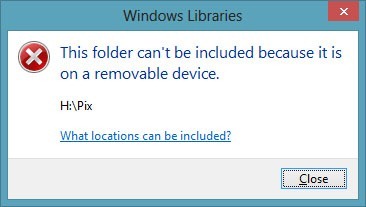
Not an acceptable answer, but fortunately there is a work around.
First, create a new folder on your C:\ Drive. On my Desktop, I created a folder named C:\USBflashdrive (and on my Surface with its MicroSD card, a folder named C:\SD).
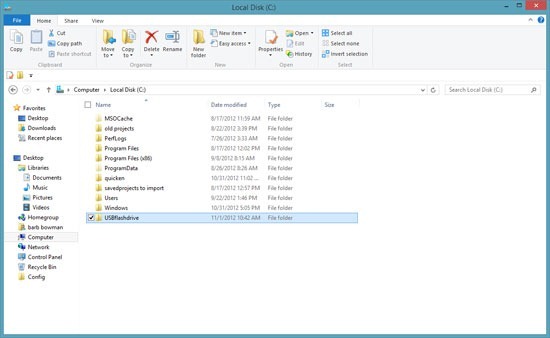
Second, I pressed Winkey + x to open the menu that allows me to access Disk Management and selected it.

Next, right click the removable drive (Drive H in the screen shot below) and select Change Drive Letter and Paths.
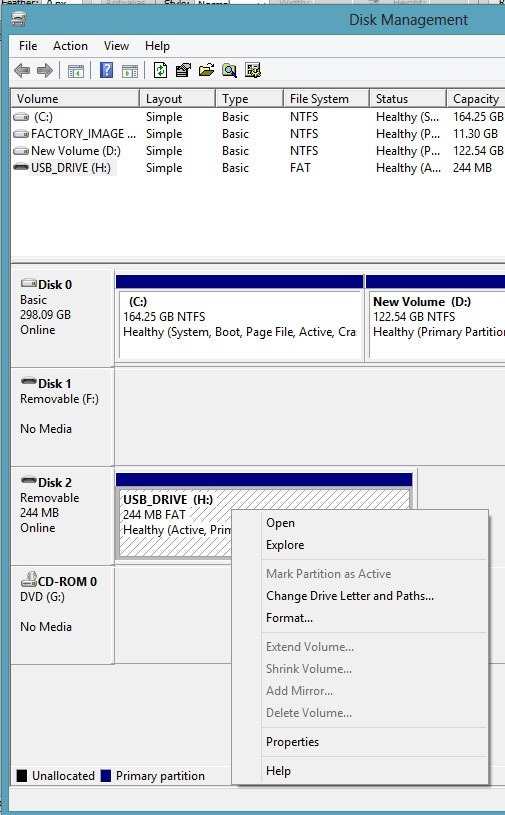
In the Window that appears, click the Add button and then click Browse.

Then, navigate to the folder you created on your C:\ drive. In the sample below, this is the USBflashdrive folder

Click OK.
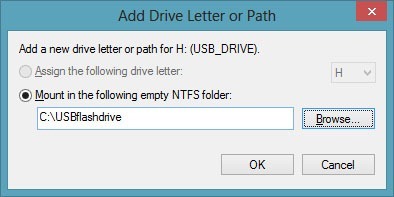
Finish by clicking OK.
Now you can go back to Windows Explorer, Libraries, Manage. In the example below, I am attempting to add some images stored on a USB flash drive to my Pictures library. To do this, I selected the USBflashdrive folder on drive C (not the USB flash drive itself).

Manage libraries should now report success.

The interesting (and frustrating) result is that while in classic desktop mode, I could now view these images in classic Photo Gallery, the Pictures Windows Store App showed the Pix folder but states “We couldn’t find any photos in here”
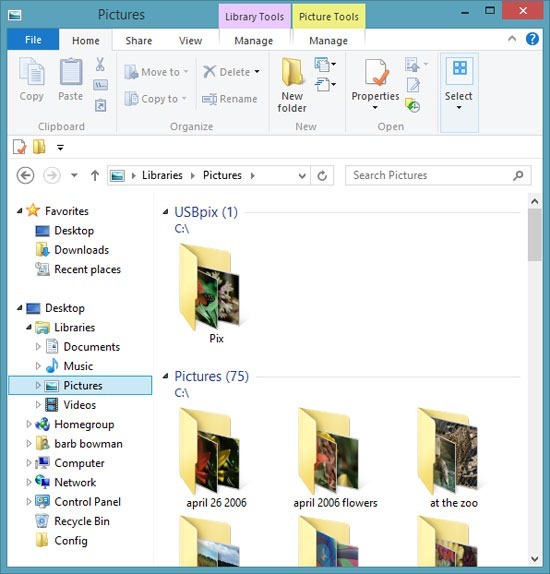
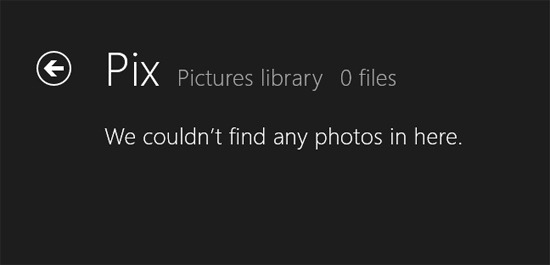
The experience on my Surface was better, I could view the images stored on my SD card in both the classic Photo Gallery as well as the Pictures Windows Store App.


Others have reported they have NOT had success with MicroSD cards and Pictures and that only Music and Videos were displayed in the Windows store apps.
Bottom line, this should assist with Music and Videos but the success using this trick with Pictures is not guaranteed.